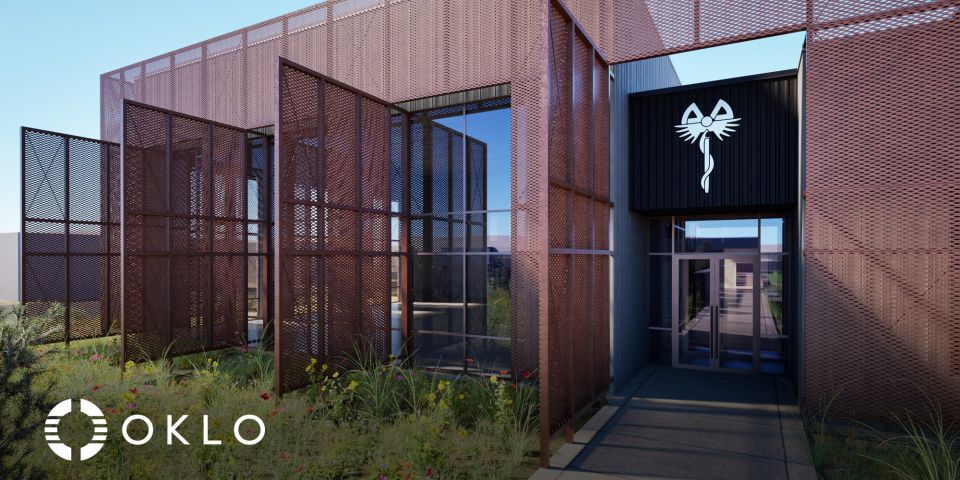Liftoff report lifts the lid on cost and risk in push to nth-of-a-kind reactors
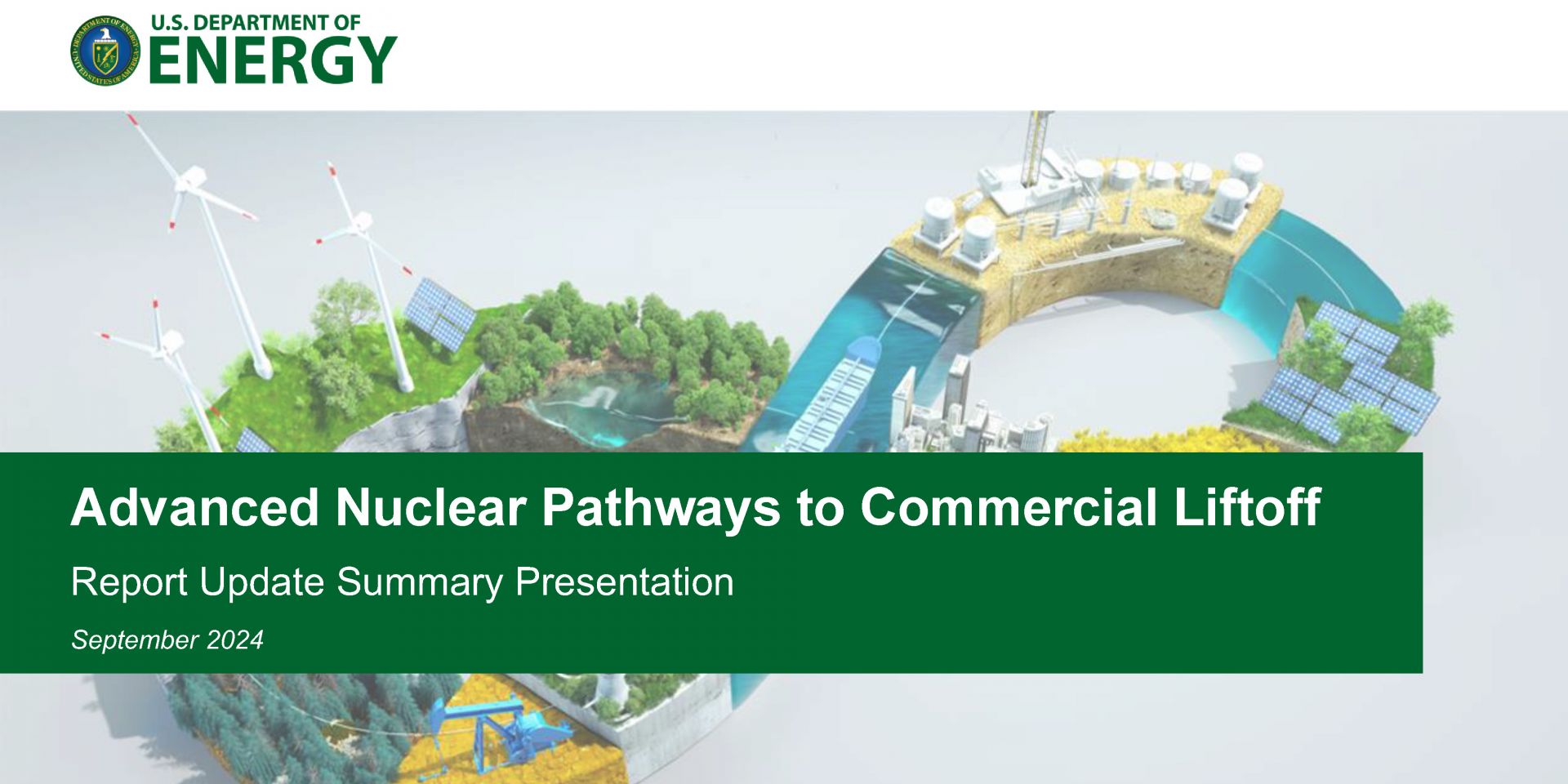
The Pathways to Commercial Liftoff: Advanced Nuclear report that was released in March 2023 by the Department of Energy called for five to 10 signed reactor contracts for at least one reactor design by 2025. Now, 18 months have passed, and despite the word “resurgence” in media reports on the U.S. nuclear power industry, 2025 is fast approaching with no contracts signed.

-3 2x1.jpg)
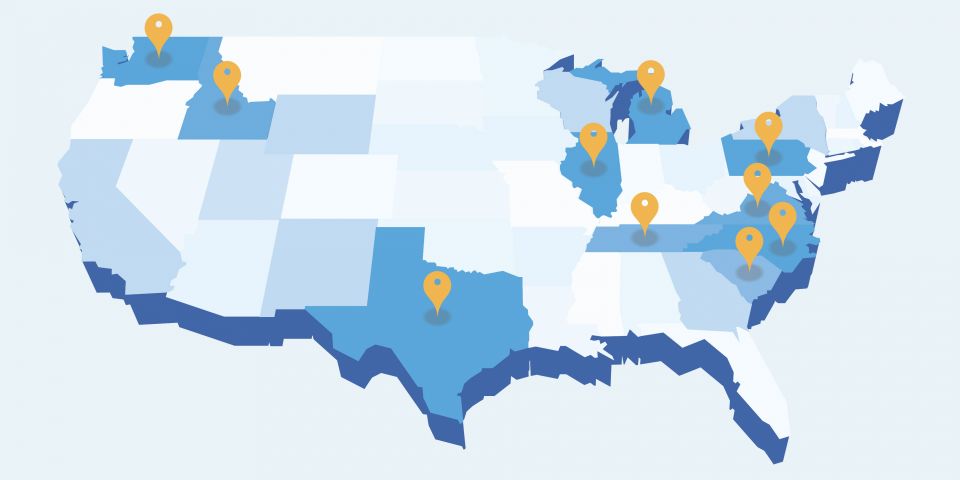

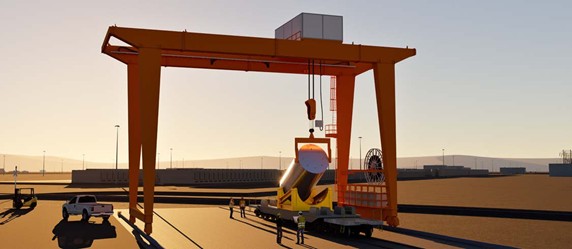



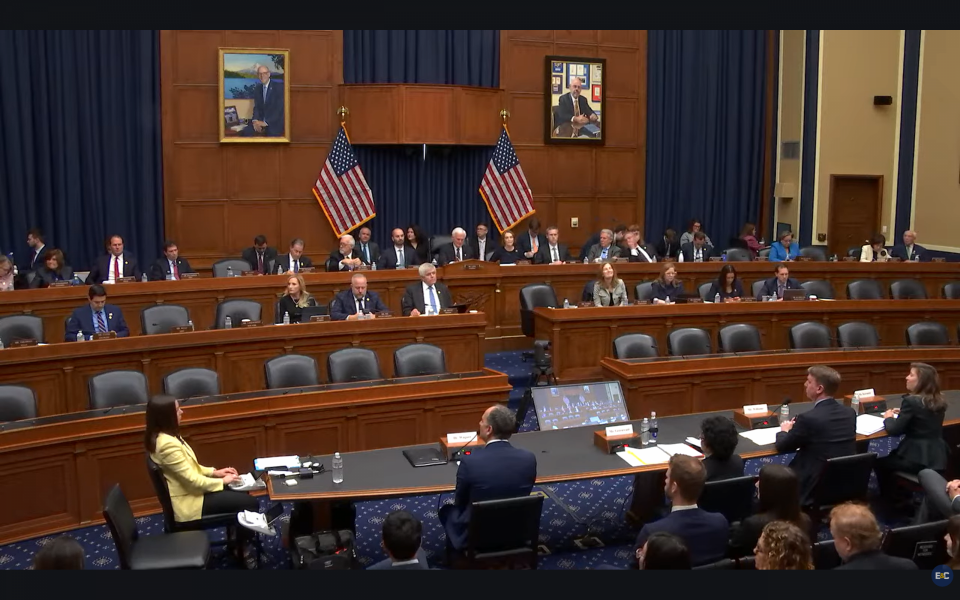.png)
